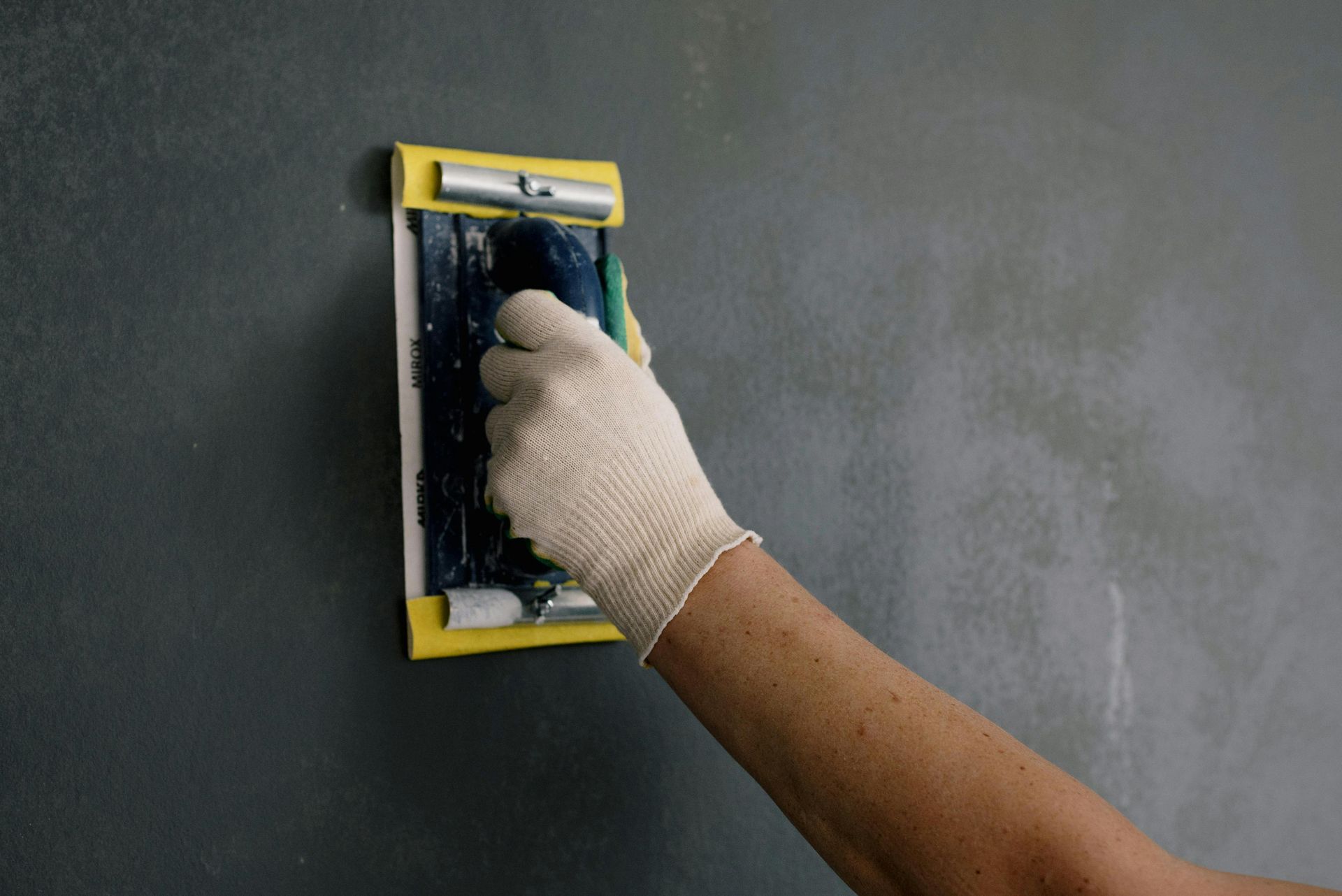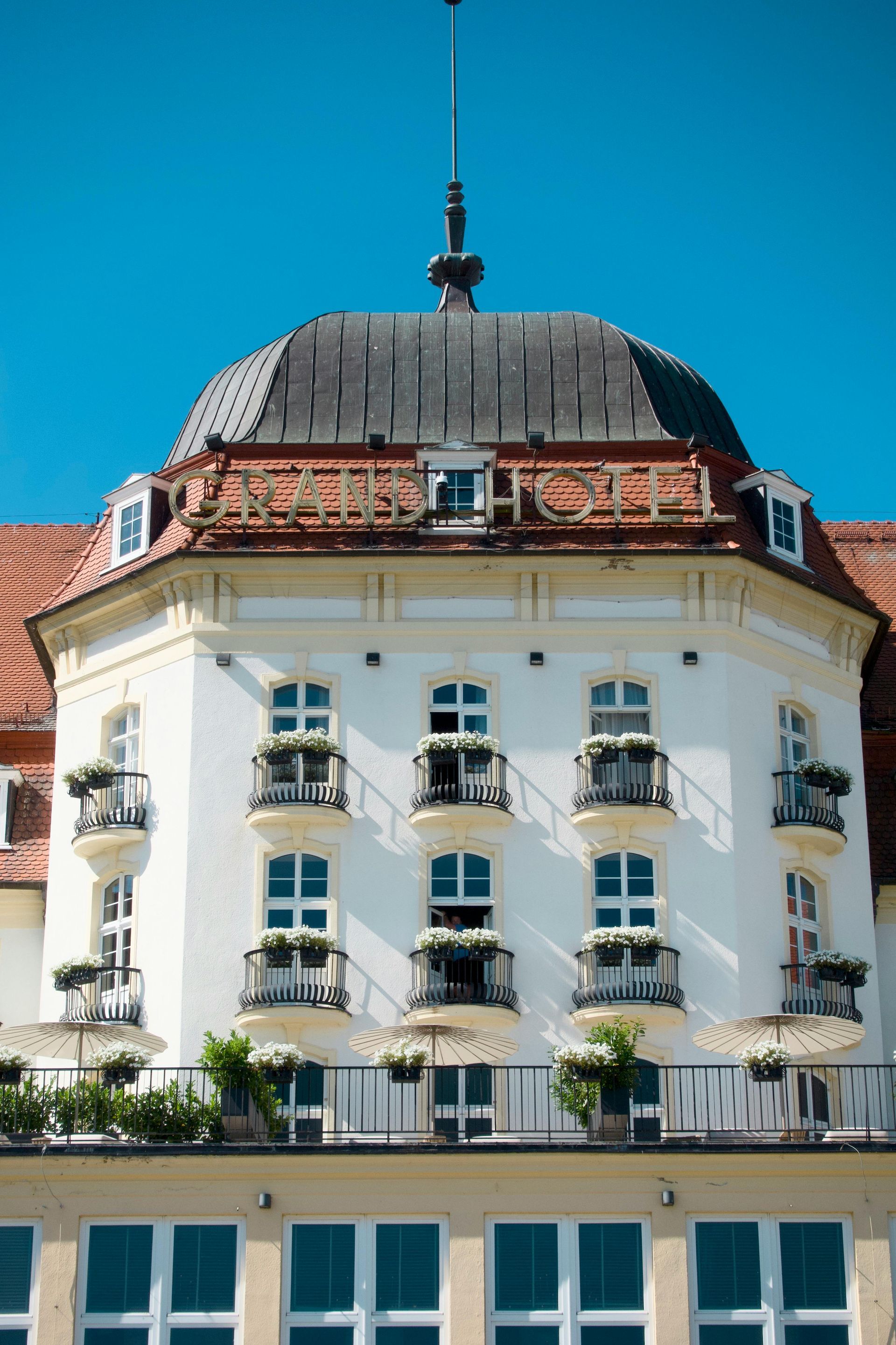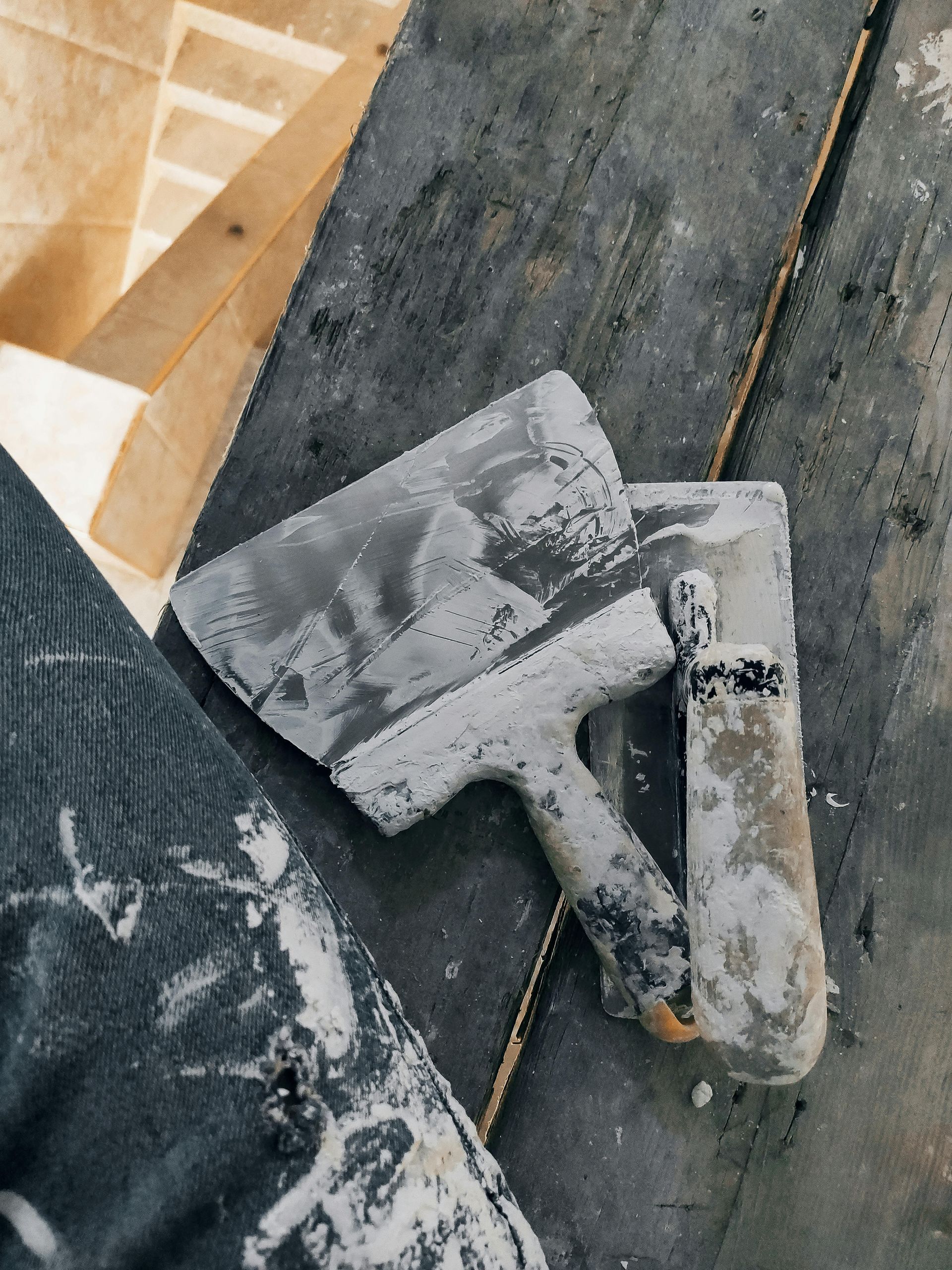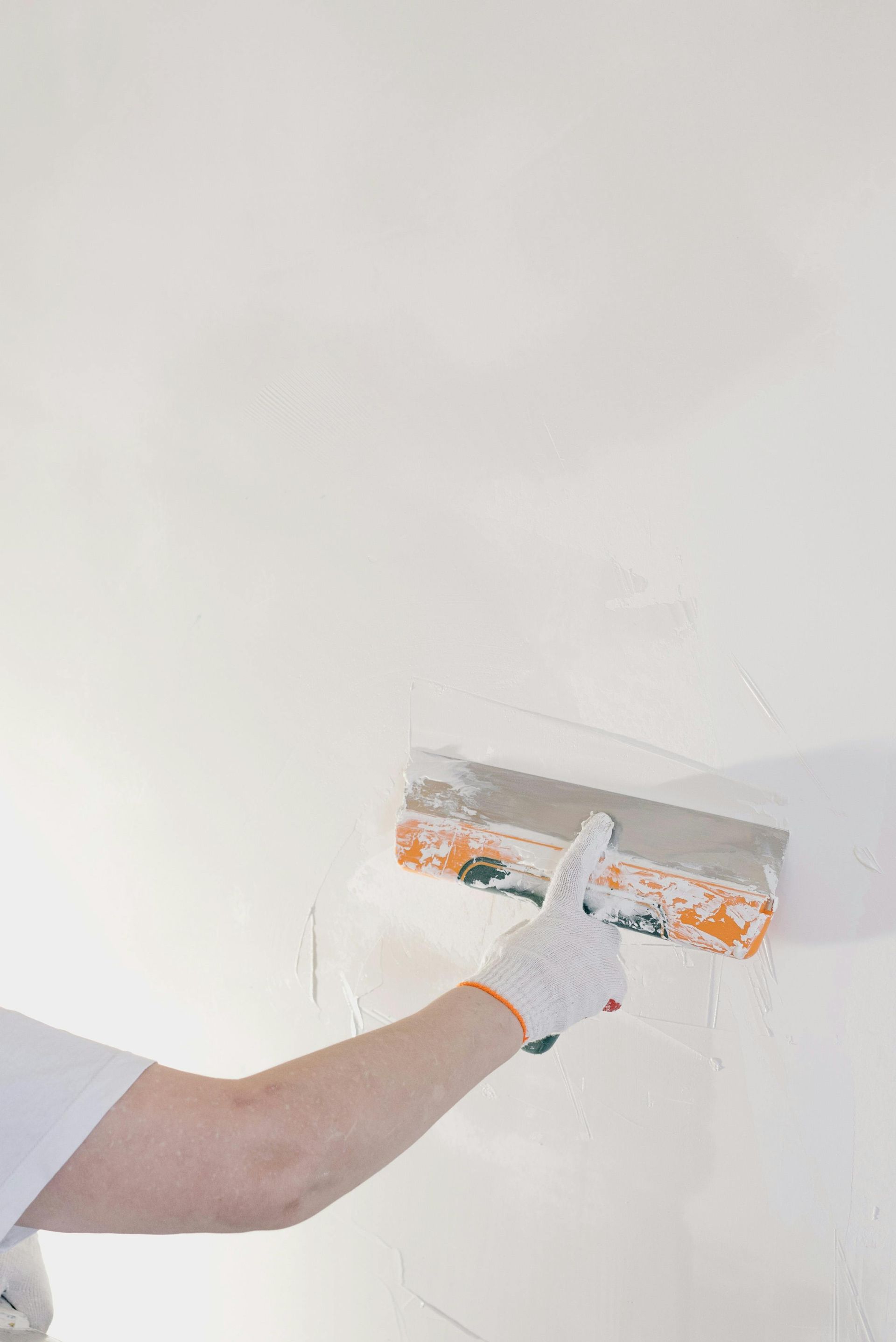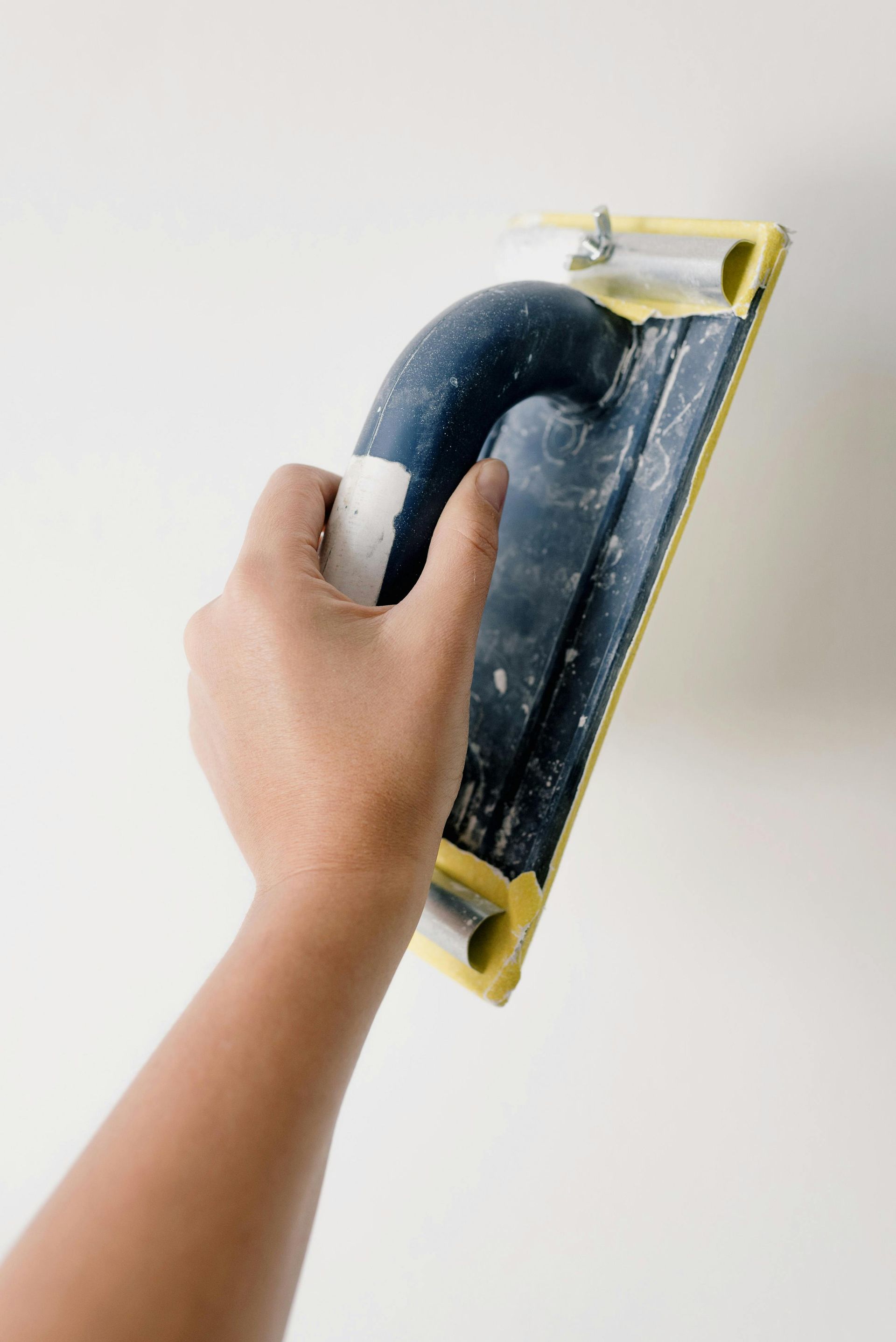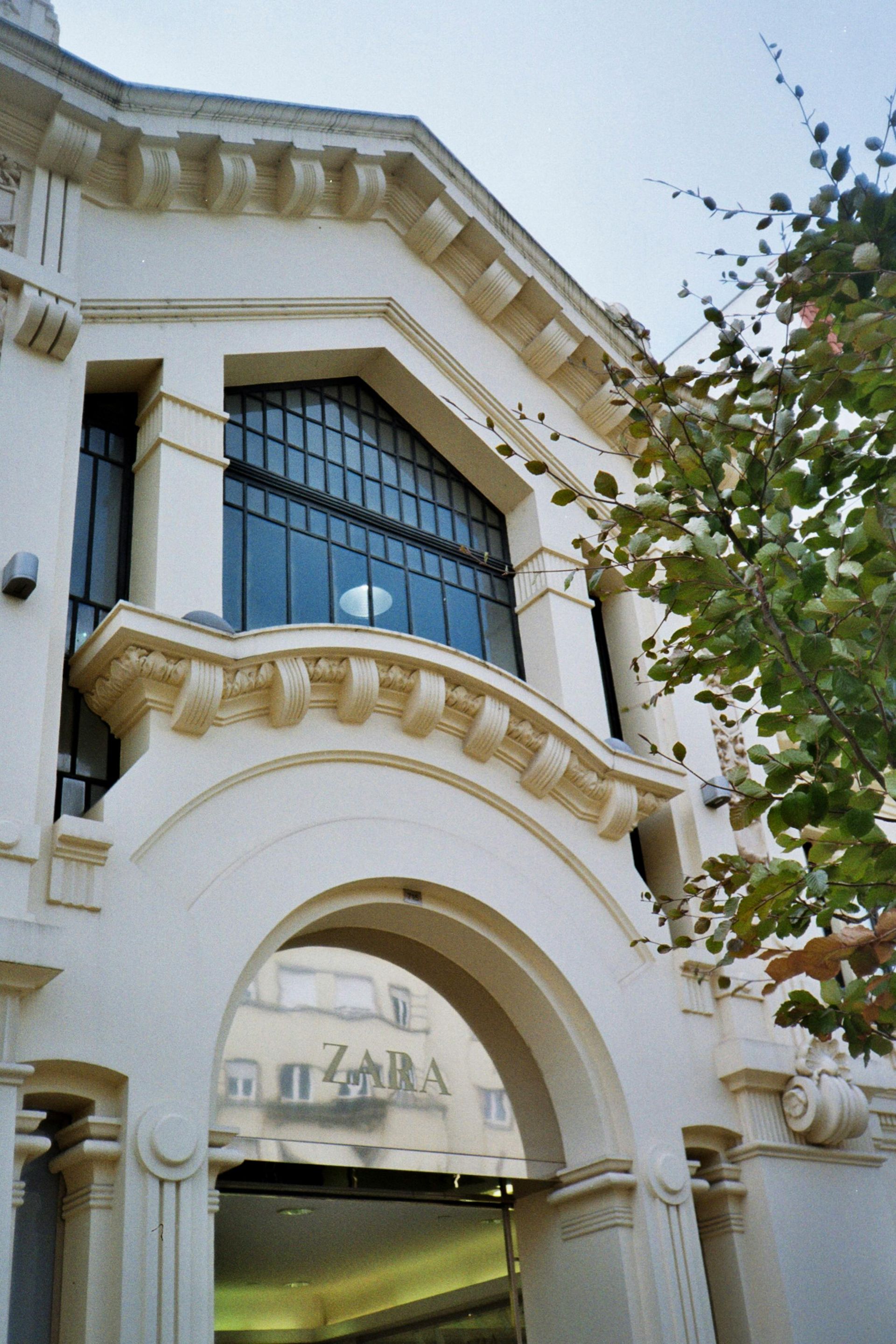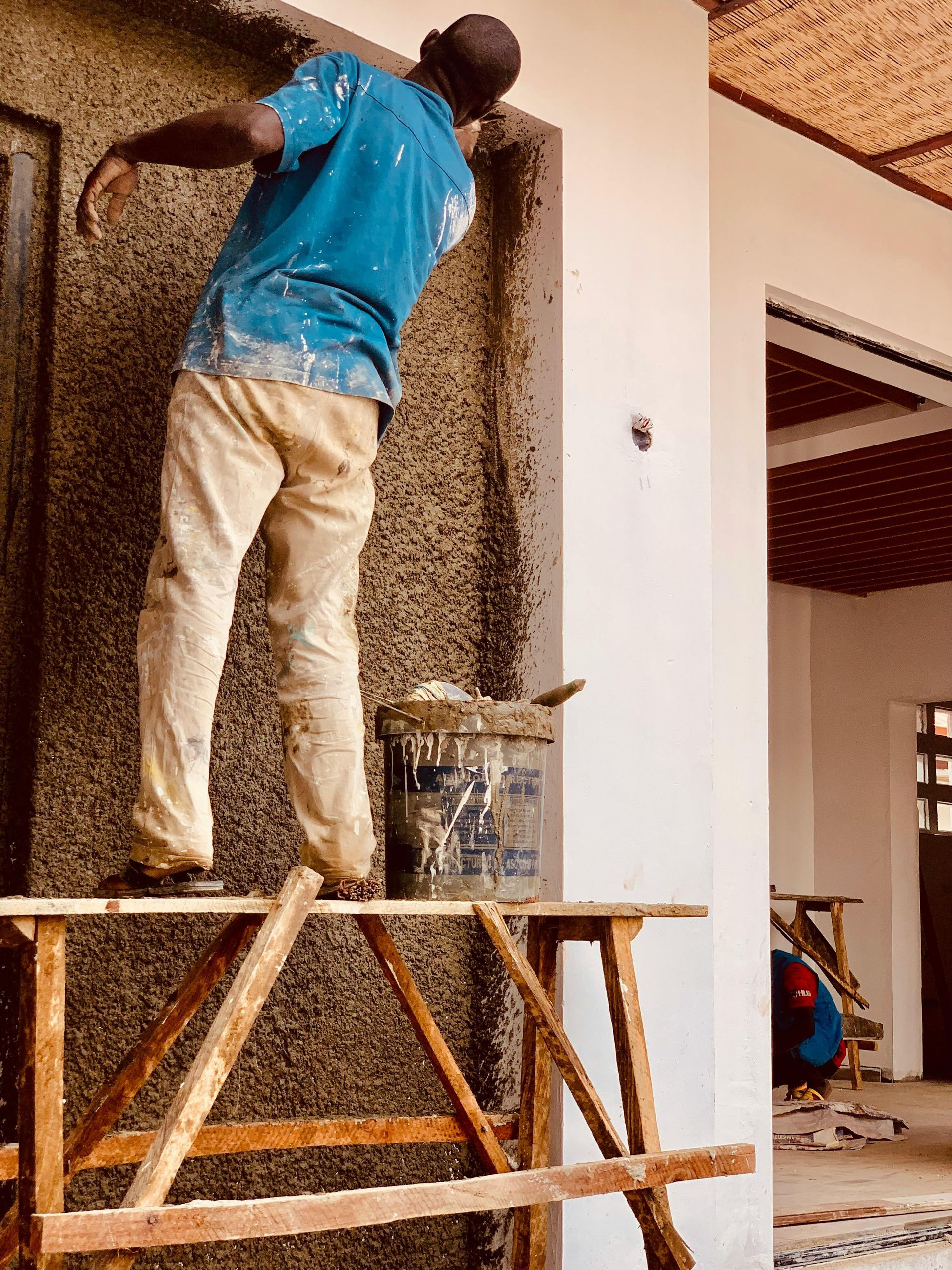How Commercial Plastering Can Save You Thousands in Building Repairs
Why Plastering Matters More Than You Think
If you manage a commercial property in the Bay Area, you know maintenance costs add up fast. Between the rainy winters, salty coastal air, earthquakes, and just plain wear and tear from tenants, buildings take a beating here.
The good news? Commercial plastering is one of the most cost-effective ways to protect your property and your budget.
Most people think plaster is just about making walls look smooth and pretty. In reality, it’s a protective barrier that keeps damage out, strengthens structures, and saves you from writing massive repair checks down the road.
Let’s dig into the biggest ways plastering can protect your building and your bottom line.
1. Stops Water Damage Before It Starts
Water is the enemy of every building. Here in the Bay Area, constant rain, fog, and moisture can quickly turn small cracks into expensive headaches.
When water seeps in, it doesn’t just stain walls it creates deeper issues:
- Mold & mildew growth that spreads behind walls
- Rotting drywall & wood framing that weakens the structure
- Interior leaks that disrupt tenants
Fixing water damage isn’t cheap. By the time you replace drywall, repair framing, and treat mold, you’re often looking at five-figure repair bills.
Plastering adds a moisture-resistant seal over your walls, blocking water before it gets in. Think of it as a raincoat for your building.
2. Cuts Down on Maintenance & Repainting Costs
Every property manager has dealt with endless repainting cycles. Paint peels, chips, and fades fast especially in high-traffic commercial spaces.
Plastering, on the other hand, creates a harder, more durable surface that:
- Stays smooth for years
- Resists chipping and cracking
- Holds paint better (less frequent touch-ups)
Over the lifetime of a building, the savings on reduced repainting and patching alone can add up to tens of thousands of dollars. Plus, fewer complaints from tenants about “ugly walls” means less hassle for you.
3. Prevents Small Cracks from Becoming Expensive Repairs
One of the most common calls we get from Bay Area property managers is about cracks. At first, cracks look cosmetic but leave them long enough, and they:
- Spread across walls
- Let in moisture
- Weaken structural stability
Big cracks can lead to serious repairs, especially in earthquake-prone areas like San Francisco and Oakland. Foundation and framing fixes cost a fortune compared to a quick plaster job.
Commercial plastering doesn’t just cover cracks it strengthens the wall and stops further spreading. Think of it as cheap insurance against structural headaches.
4. Adds a Layer of Fire Resistance
Here’s something most people don’t realize: modern plastering materials are often fire-resistant.
This means they can slow down the spread of flames, giving firefighters and sprinkler systems time to work. For property managers, that means:
- A safer building
- Lower risk of catastrophic loss
- Compliance with California fire codes
Fire damage can bankrupt a building’s maintenance budget. Plastering is a simple, proactive way to reduce that risk while keeping your property compliant.
5. Protects Against Bay Area’s Unique Climate Challenges
Every region has its challenges, and the Bay Area is no exception:
- Coastal salt air corrodes exterior walls faster
- Fog and humidity accelerate moisture damage
- Earthquake stress creates cracks in walls and ceilings
Plastering helps guard against all three. By sealing surfaces and reinforcing walls, it makes your building more resilient in a climate that’s constantly testing its durability.
6. Increases Property Value & Tenant Appeal
First impressions matter. Whether you’re leasing office space in San Jose, managing a retail strip in Walnut Creek, or overseeing an apartment complex in San Mateo, how your property looks directly impacts tenant satisfaction and rental rates.
Plastering upgrades both the look and performance of your building:
- Smooth, clean walls project professionalism
- Decorative finishes add style and modern appeal
- A well-maintained property signals reliability to tenants
The result? Higher property values, quicker leasing, and happier tenants who stick around longer.
7. Real-World Bay Area Example
A property manager in San Jose contacted us about recurring cracks and water damage in an office complex. At first, the issues looked cosmetic, but tenants started complaining about musty smells and water stains.
After an inspection, it turned out moisture had seeped through the exterior cracks, causing hidden mold growth. The repair estimate to replace drywall and treat the mold? Over $40,000.
Instead, we plastered the exterior, sealed all cracks, and applied a durable finish. The cost? A fraction of the repair bill.
Not only did this fix the immediate issue, but it also prevented future water damage. Today, the property looks brand new and maintenance costs have dropped dramatically.
8. Long-Term ROI: Why Plastering Pays for Itself
It’s easy to think of plastering as just another line item in the budget, but when you compare it to potential repair costs, the numbers speak for themselves:
- Drywall replacement after water damage: $20,000–$50,000
- Foundation repair from spreading cracks: $30,000+
- Mold remediation: $10,000–$25,000
- Fire damage restoration: Hundreds of thousands
Plastering is a preventative investment. Spend a little now, save a lot later.
Final Thoughts: Don’t Wait Until It’s Too Late
Commercial plastering isn’t just about looks, it’s about protection, prevention, and long-term savings.
For Bay Area property managers juggling tenant demands, budget constraints, and the unique challenges of our climate, plastering is one of the smartest investments you can make.
At Commercial Plastering Inc., we specialize in helping property managers save money by extending the life of their buildings. From waterproof finishes to crack repair and decorative upgrades, our plastering services are built to protect your property for the long haul.
Don’t wait until a small crack becomes a big repair bill. Call Commercial Plastering Inc. today and find out how we can save you thousands in the years to come.
